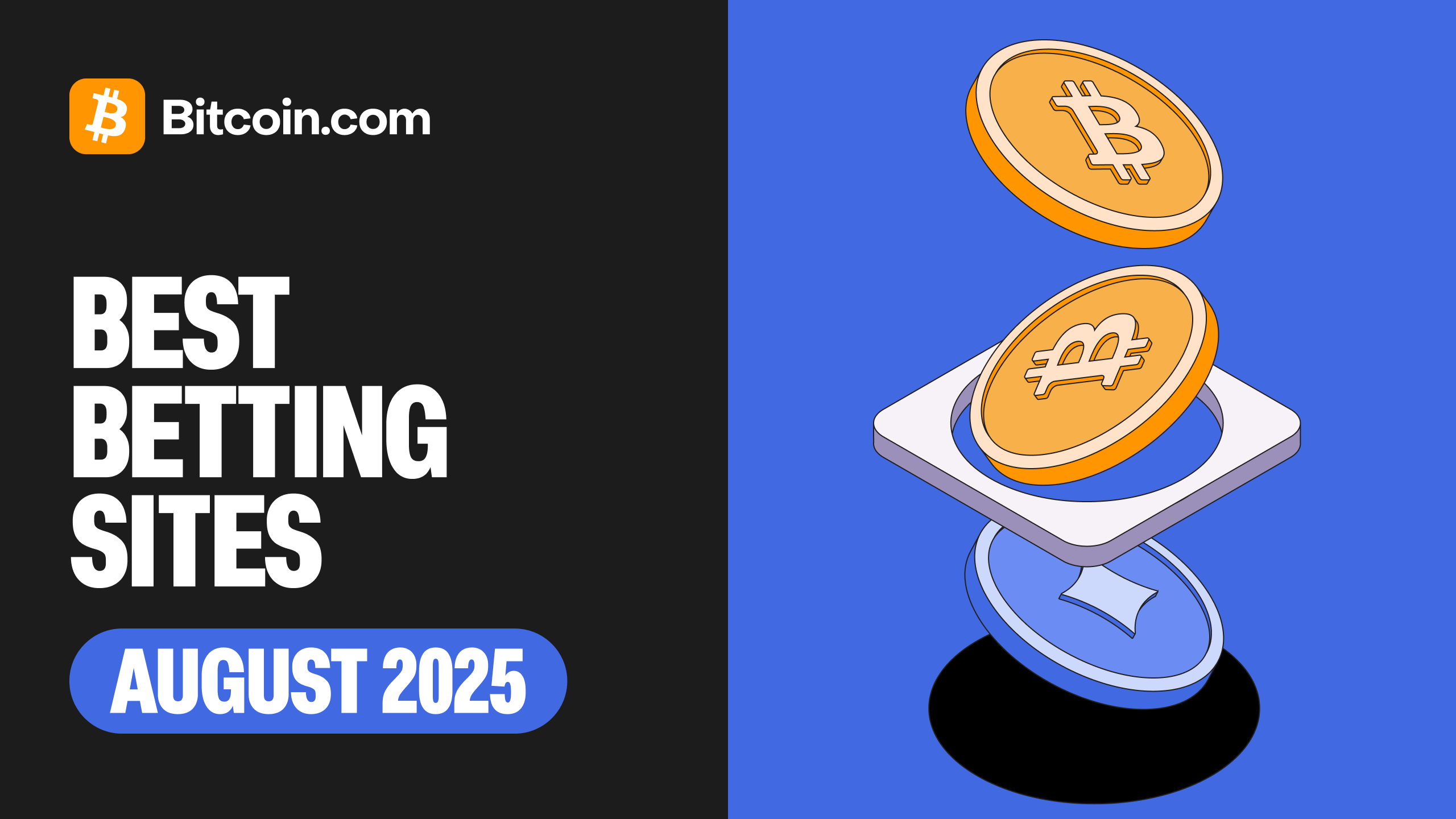Mantle’s Launch of UR: Redefining Banking in the Blockchain Era
The financial landscape is on the cusp of a transformative shift, driven by the convergence of traditional banking and decentralized finance (DeFi). Mantle’s UR, the world’s first fully blockchain-based neobank, is at the forefront of this revolution. By unifying the stability of conventional banking with the innovation of DeFi, UR aims to redefine how people manage their finances. This integration promises to bring about momentous changes in spending, saving, and investing, marking a new chapter in financial services.
The Mantle Ecosystem: A Robust Foundation for On-Chain Finance
Mantle’s ecosystem is a testament to the growing maturity of blockchain technology in financial services. With over $3 billion in Total Value Locked (TVL), Mantle has established itself as a significant player in the DeFi space. Its core components, including the Mantle Network, the mETH Protocol, and Ignition FBTC, form a robust foundation for on-chain finance. The fully on-chain architecture of Mantle ensures that every transaction, deposit, and withdrawal is governed by smart contracts on its Ethereum Layer-2 network. This approach offers several advantages, including lower transaction fees, increased transparency, and enhanced composability. The ability to seamlessly integrate new financial services with legacy systems and web3 tooling is a critical factor in Mantle’s success.
UR’s Features: Bridging Traditional Banking and Blockchain
UR’s Unified Account is a game-changer, allowing users to manage both fiat and digital assets within a single interface. This eliminates the need to juggle multiple apps and wallets, streamlining the user experience. The global spending feature, powered by a partnership with Mastercard, enables users to spend their funds in over 40 countries at millions of merchants. This integration of traditional finance and blockchain assets provides unparalleled flexibility and convenience.
Seamless off-ramping is another key feature of UR. Converting crypto gains to spendable cash has historically been a cumbersome and costly process. UR’s architecture addresses this pain point by offering low-cost, transparent conversion rates. Real-time transfers are made possible by Mantle’s Layer-2 technology, ensuring instant transaction settlement. This 24/7/365 availability is a significant departure from the traditional banking model, which is often constrained by banking hours and processing delays.
UR also offers a range of savings and investment products, combining the yield potential of DeFi with the compliance and risk controls of regulated finance. Users can choose from traditional-style savings, staking, liquidity provision, or a blend of strategies based on their risk appetite. This flexibility caters to a diverse range of financial needs and preferences.
Security and Transparency: The Blockchain Advantage
Blockchain technology has long promised trustless banking and transparent finance, but mainstream adoption has been slow. UR moves beyond rhetoric by making transaction records fully visible on-chain. Every digital dollar, euro, or ether moving through UR is auditable and controlled by smart contracts. This transparency is a direct response to the opaque reporting and sluggish error handling that plague traditional banks.
Smart contract controls also help minimize human error and malicious practices. Account freezes, unauthorized withdrawals, and financial misreporting are dramatically reduced when code replaces middle managers. This shift towards automated, transparent processes is a significant step forward in financial security and trust.
Challenging Neobanks and the Old Guard
Popular fintech giants like Revolut, Chime, and Wise have made strides in integrating crypto features into their platforms. However, they remain tethered to legacy infrastructure, handling most customer assets in traditional ways. UR’s approach is fundamentally different. By running the entire banking process on-chain, UR taps directly into the composable, borderless world of DeFi. This integration is not just about adding crypto to an existing neobank formula; it’s about creating a seamless, transparent, and efficient financial ecosystem.
The implications for traditional banks are profound. Instant, around-the-clock transactions make three-day settlements and banking holidays look outdated. Open ledgers raise the bar for consumer trust, especially in the wake of recent banking scandals. Broad asset support, including seamless movement between cash, crypto, and tokenized products, makes old-fashioned banks that treat crypto deposits as radioactive look instantly dated. Lower fees, a natural byproduct of eliminating middlemen and automating services, further enhance UR’s competitive edge.
Hard Problems and Open Questions
Despite its promise, UR faces several challenges. Regulation is a significant hurdle, as governments and financial authorities are still mapping their response to fully chain-native banking. Compliance, customer identification (KYC/AML), and jurisdictional boundaries require ongoing solutions.
User experience is another critical factor. Early crypto platforms often prioritized complexity over convenience. For UR to gain mainstream adoption, its interface and customer support must meet or exceed the standards set by web2 neobanks. First impressions are crucial in attracting and retaining users.
Risk management is also a concern. DeFi’s “code is law” ethos is powerful, but hacks and smart contract bugs remain real threats. UR’s design must balance transparency with rigorous audit procedures and failsafes to ensure user trust and security.
Adoption is the ultimate test. Crypto users and newcomers need compelling reasons to switch from their current banks. Higher yield, global transactions, and lower costs are attractive features, but the perceived complexity of blockchain technology may still deter some users. Overcoming this barrier will be key to UR’s success.
The Big Picture: A Seamless Financial Future
UR represents more than just a new bank; it’s an ideological and structural pivot. By making decentralized finance invisible and seamless, UR aims to transform crypto from a curiosity into a necessity. When crypto becomes as effortless to use as traditional banking, it will become an integral part of everyday financial life.
Should UR succeed, it will spark a new arms race in financial services. Both neobanks and legacy institutions will be forced to accelerate the adoption of blockchain standards, automate away opaqueness, and design products for a global, always-on audience. UR has the potential to ignite this transformation, setting a new standard for financial services.
Conclusion: Banking, Unchained
From the outside, UR may appear to be just another neobank app, but its ambitions are far more profound. By collapsing the wall between traditional finance and on-chain assets, UR promises a future where banking is a global, composable, and transparently managed experience. This vision is open to both ordinary people and seasoned crypto traders, offering a level of inclusivity and efficiency previously unseen in the financial sector. If Mantle and UR can deliver on their promises, conventional banks will be left scrambling to catch up. Either way, UR’s launch marks a bold leap into a future where trust, speed, and inclusion are not just buzzwords but the new baseline. The next era of money is already knocking, and UR is poised to lead the charge.




